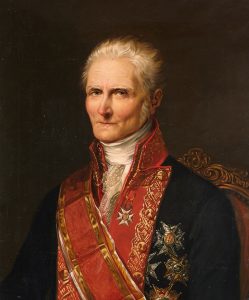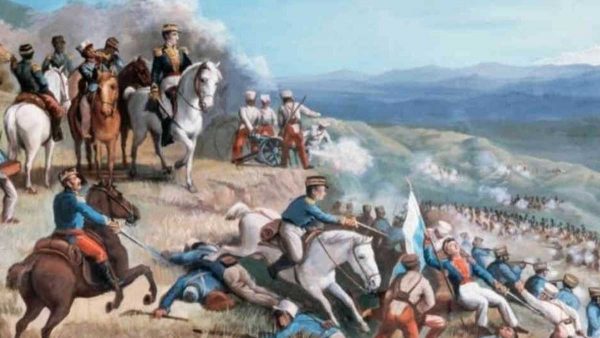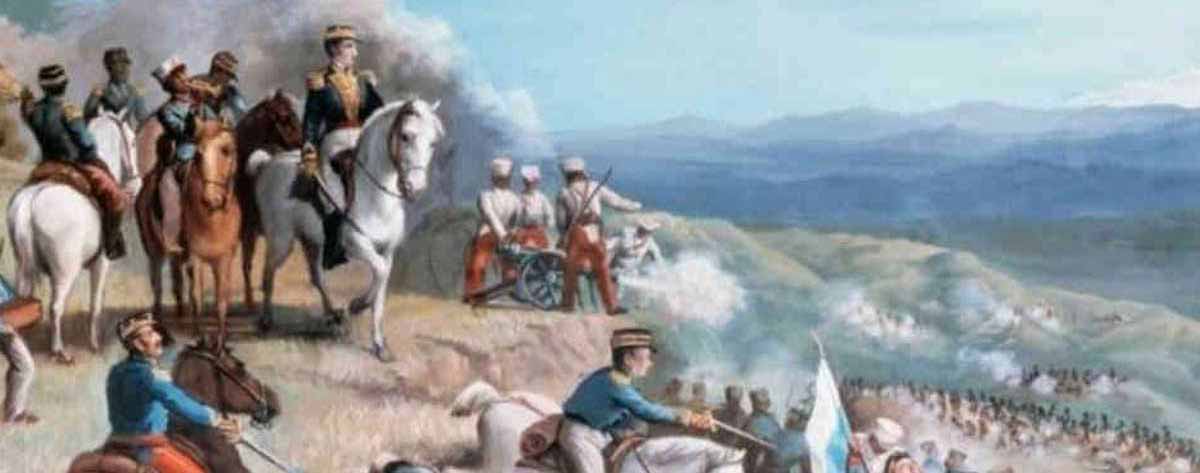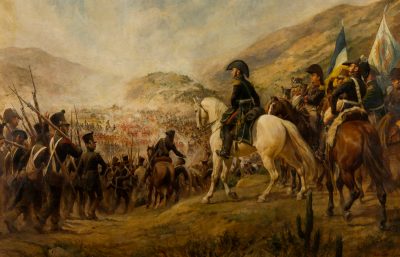Source:carlosdelriego
The Spanish and the Indians were allies many more times than is generally believed.
Without the American Indians, the Spanish would never have imposed themselves on the great cultures existing in the New World. The explanation is simple: the situation in pre-Columbian America was one of total and permanent war, and for this reason, many nations joined forces with the newcomers to shake off the tyranny of the most powerful. And then later, when the independence processes were already underway, peoples and caciques fought for the Spanish cause, since they saw that the “liberators” did not think about the Indians.
It is almost a classic: the president of Mexico, López Obrador, tries to divert attention from the real problems of his country (widespread corruption, drug trafficking, extreme violence, poverty, criminal impunity …) by focusing on events that occurred five hundred years ago. Now he is the one who apologizes to the Indians, who insist him that he should worry about those Indians of today and not those of the past. Be that as it may, looking at the historical reality, it was the Amerindians themselves who made the conquest possible and, at the time, many supported the Spanish army against the pro-independence Spaniards.
And it is that way from the first moment, since the caravels touched land, that a number of tribes from Hispaniola, Cuba and Puerto Rico (then San Juan Bautista), allied with the Spanish. It is known that in Mexico the Tlaxcalans and Totonacs joined them almost immediately since they saw in the newcomers an ally to free themselves from the yoke of the Aztec Empire; then others joined, such as Ochimilcos, Otomies, Huejotzingos, Cholusenses, Chinantecos, Chalqueños. Cortés, who very soon understood the situation, addressed his men before the attack on Tenochtitlán: “… No one will do violence to women, under punishment of losing his life. No Spanish will treat the American allies badly, on the contrary, he will do everything possible to keep them in good harmony. No one will indulge in private house looting…”. That is, he became convinced of the convenience of being on good terms with his allies, on the one hand, because without them he had no chance of success, and on the other, because the laws promulgated by Emperor Carlos I, said so.
When Francisco Pizarro arrived in Peru, the Inca empire was living in the midst of a civil war between Huáscar and his brother Atahualpa, who were fighting

Portrait of Joaquín de la Pezuela (1761-1830), Marquis of Viluma
for the throne. But like the Aztecs, the Incas had other subjugated peoples, such as Huancas, Cañaris and Chachapoyas, who were the ones who first joined the Spanish. In fact, the Huancas obtained the recognition of the Crown of Spain, as Felipe II granted them a coat of arms as a symbol of the union between both nations; Furthermore, the Curacas and the Huanca nobility regained their privileges, and the Spanish government prohibited the establishment of large estates of land in Huanca territory by Royal Decree.
Centuries later, when the Spanish born in America were already aspiring and conspiring to gain independence from Spain (in order to take over command, of course), many nations and tribes sided with the Spanish. Thus, throughout Peru’s independence process, a large contingent of indigenous people made up the royalist army, and those warriors were held in high regard by Spanish captains and generals, such as General Pezuela, who described them as “soldiers ready to fight and get killed at their posts”. The so-called Cuzco Noble Patrician Regiment was even formed, by commanders who were the descendants of the thirteen houses of Inca blood; in other words, during the war of independence, the successors of the Inca empire maintained their nobility status in the Spanish social structure, which respected traditions and cultures.
It is worth remembering that after three centuries of Spanish presence, there were hardly any allied Indians who spoke Spanish in Peru, expressing themselves mainly in Quechua and Aymara, languages protected by Spanish laws; thus, the Hispanic officers had no choice but to learn them if they wanted to make themselves understood in battle. Thus these languages have reached our days.
The Caquetios Indians of Coro, Venezuela, fought fiercely and with great spirit against those who called themselves “liberators”. This town was allied from the first moment with the Spaniards, and they maintained their loyalty showing great honor; They fought against the English and French pirates during the 16th and 17th centuries, and when the time of the war of independence (that of the Creoles against the peninsular) arrived, they distinguished themselves by their tireless fight against the troops of Francisco Miranda; the most resistant were defeated in 1823. But their loyalty was severely punished: of the more than 8,000 caquetios that were in Coro, after the war and subsequent repression, little more than 1,500 remained.

Bolivar’s troops and the royalist militias of the Indian Agustín Agualongo from Potosí not only clashed in Pasto, but also in territories that would later become Ecuador.
In the lands that today constitute Chile, many tribes offered themselves to the cause of the King of Spain and, when the war began, they faithfully maintained their alliance. Thus, in 1813 the chief Villacurá proclaimed himself, along with other chiefs and nobles, loyal to the King, putting all his resources at the disposal of his armies. Likewise, the people of the Araucanos (as the Spaniards called the Mapuches), who fought hard against the newcomers, ended up taking their side; its warriors, considered brave and fearsome in combat, fought alongside the royalists in their traditional war costumes, but over time, its nobles, promoted to army officers, chose to dress in the European style.
Continuing in Chile and Argentine Patagonia, we must mention the Pehuenches, who fought with real anger, to the death, against the pro-independence armies, and were not defeated by them until as late as 1832. Also, other tribes, such as the Borogans, Lafkenches, Reches, Wenteches and others from the Mapuche nation preferred to ally themselves with the royalist Spaniards rather than with the independentist creoles.
Further south, in the Río de la Plata region, in the mid-16th century, the Guaraní people allied with the Spanish to defend themselves against the Guaykurúes of the Chaco, their enemies, and also the Portuguese. Over time, Extremadura, Castilian, Basques, Andalusians … adapted to the traditional system of this town, based on the exchange of goods and women, thus integrating both cultures. They weren’t few Spaniards that married and had children with Guarani women, which meant that a strong alliance was sealed between both nations. It should not be forgotten that the Spanish laws established by the Crown granted the Amerindians the same legal status (free men) that the peninsular counterparts had (the problem is that, then as today, there were criminals who broke the law). This was the way the Guarani were treated in the Viceroyalty of Peru.
And thus the enumeration of Amerindian peoples, tribes, and nations could continue, which proved that Spanish laws and organizations were more beneficial and respectful of them than the independentist Creoles. In fact, the largest massacres of Indians occurred without a Spanish presence.
Share this article
On This Day
No Events
History of Spain
26 August 2020
27 January 2021
Communism: Now and Then
23 December 2022
28 July 2021







